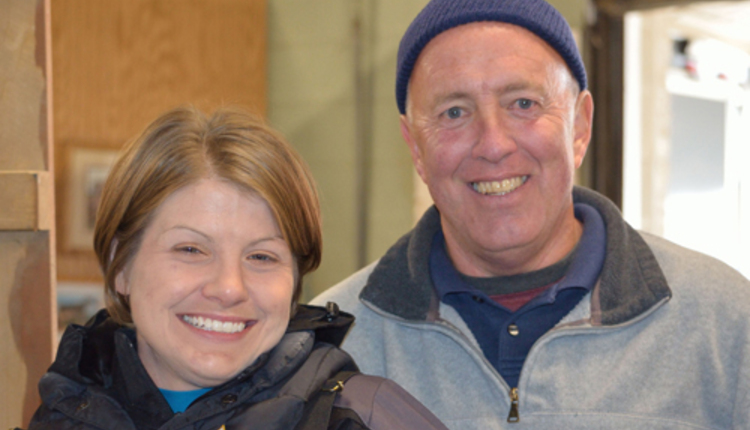Even though New Zealand currently produces less than 5 percent of the global milk supply, recent changes in size and landscape of the dairy industry "down under" are worth noting. In fact, according to a report released by Statistics New Zealand in May 2012, New Zealand's dairy herd increased 259,000 head in the past year, adding up to 6.17 million cows. What fueled this increase?
One factor is the recent decline in sheep population. Traditionally, the majority of New Zealand's dairy industry was located in the North Island and sheep farms were more prevalent in the South Island. However, due to heavy snow and storms in the southern regions of Southland and Otago during the 2010 spring lambing season the once dominant sheep industry began to plummet in numbers.
As of June 2011, Southland had 484,000 fewer sheep than the year before, and Otago sheep numbers shrank by 121,000 head. The combined factors of inclement weather and culling of older ewes added up to a 7.3 percent fall in total breeding ewes. The shrinking sheep population has urged the conversion of many sheep farms into dairy operations. In fact, as of June 2011, the total of dairy cattle in the South Island exceeded 2.2 million. South Island dairy cattle now represent 36 percent of the national total.
From a production standpoint, the strong milk prices and milk solid payouts from June through May, will fuel an expected 10 percent gain in milk production in the 2011/12 milk season. This expansion will raise New Zealand's production 1.7 billion pounds above California's 2011 annual milk production. Despite an expected 15 percent decline in milk prices, New Zealand is still expected to see a 5 percent climb in milk production for the 2012/13 season.
New Zealand is already the world's largest exporter of dairy products despite its limited contribution to the total global milk supply. Now as we see numbers and production continuing to expand, we might see New Zealand developing a greater presence in the global dairy industry.
One factor is the recent decline in sheep population. Traditionally, the majority of New Zealand's dairy industry was located in the North Island and sheep farms were more prevalent in the South Island. However, due to heavy snow and storms in the southern regions of Southland and Otago during the 2010 spring lambing season the once dominant sheep industry began to plummet in numbers.
As of June 2011, Southland had 484,000 fewer sheep than the year before, and Otago sheep numbers shrank by 121,000 head. The combined factors of inclement weather and culling of older ewes added up to a 7.3 percent fall in total breeding ewes. The shrinking sheep population has urged the conversion of many sheep farms into dairy operations. In fact, as of June 2011, the total of dairy cattle in the South Island exceeded 2.2 million. South Island dairy cattle now represent 36 percent of the national total.
From a production standpoint, the strong milk prices and milk solid payouts from June through May, will fuel an expected 10 percent gain in milk production in the 2011/12 milk season. This expansion will raise New Zealand's production 1.7 billion pounds above California's 2011 annual milk production. Despite an expected 15 percent decline in milk prices, New Zealand is still expected to see a 5 percent climb in milk production for the 2012/13 season.
New Zealand is already the world's largest exporter of dairy products despite its limited contribution to the total global milk supply. Now as we see numbers and production continuing to expand, we might see New Zealand developing a greater presence in the global dairy industry.









